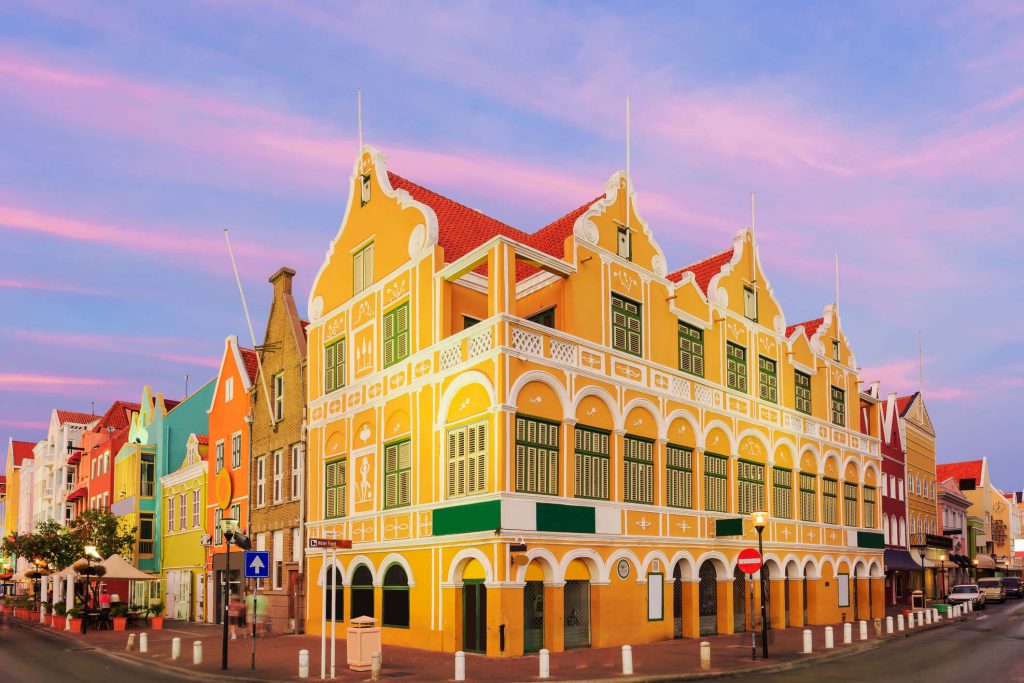Caribbean World Heritage Sites: Willemstad in Curaçao
by Karen Rollins Aug 2, 2021

“World Heritage is the designation for places on Earth that are of outstanding universal value to humanity… World Heritage sites belong to all the peoples of the world, irrespective of the territory on which they are located.” – WHC website.
The Caribbean is home to 16 cultural and nine natural UNESCO World Heritage Sites spread over 14 territories. These sites speak to the region’s history, culture, and development and its outstanding natural beauty.
In this series, Yello is exploring the Caribbean’s World Heritage Sites. Let’s take a trip to Willemstad in Curaçao.
—
The capital of Curaçao, Willemstad, is described as “an exceptionally well-preserved example of a Dutch colonial trading settlement” by UNESCO.
Many of Willemstad’s 700 original 17th and 18th-century urban structures and architecture remain intact. The area was given World Heritage status in 1997.
Construction in Willemstad started in 1634 with Fort Amsterdam and continued to evolve over centuries to incorporate various European town planning concepts as well as Caribbean influences. The port town is situated in a natural harbour and consists of four distinct historic districts with their own character.
Punda is the oldest part of the city, and early properties in this area follow 17th century Dutch urban design. The other three historic urban districts are Pietermaai, Otrobanda, and Scharloo, which date from the 18th century.
Pietermaai features stately mansions and is where you can also find many modern-day restaurants and bars. In Otrobanda, which was founded in 1707, the houses were built on spacious lots and resemble plantation properties. Scharloo was the residential quarter for Jewish merchants.
Punda and Otrabanda are joined by the ‘Koningin Emma’ or ‘Queen Emma’ bridge, which was opened in 1888 and rebuilt in 1939. This structure underwent major restoration during the 21st century, and a fixed bridge was completed in 1974.
The buildings in Willemstad are colourful and vibrant to match their Caribbean location. The walls have been painted red, blue, yellow ochre, and various shades of green, as part of a local tradition dating from 1817, when the previous style of white lime finish was prohibited because of the glare.
—
If you are planning a visit to Curaçao, make sure you check the latest COVID-19 travel protocols on the official Curaçao Tourism Board website.







